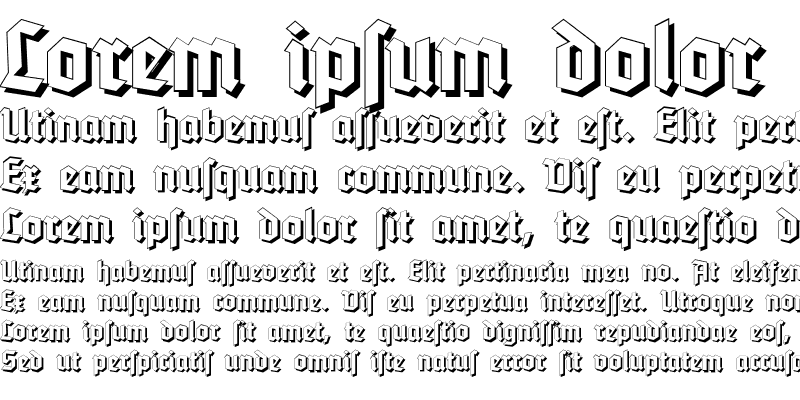

Mary's Roman Catholic Chapel, Lancaster, PA It debuted on November 14 and was destroyed by on July 29, 1858.ġ774 – Holy Trinity Lutheran Church, Lancaster, PAġ775 – St. Records of the time report a large turnout for the debut.īased on cost records, this organ likely had 4 stops. Later, the instrument was replaced with another, also using salvaged parts.ġ772 – No information as to the place for which this organ was constructed This was a rebuild using parts from an organ previously constructed by Johann Adam Schmahl. This represents work done on a preexisting organ.ġ770 – Zion Lutheran Church, Moselem Springs, PAġ771 – Trinity Lutheran Church, Reading, PAġ771 – St. In 1869 this organ was replaced by an organ by Edwin Krauss.ġ770 – German Reformed Church, Lancaster, PAġ770 – German Reformed Church, Frederick, Maryland

It is uncertain which church commissioned this organ.ġ769 – New Goshenhoppen German Reformed Church, East Greenville, PA It is known that Tannenberg had traveled to Albany around that time. This may have been built for the first church in Albany to have an organ. The cost was £50, as based on this, the organ was probably had 3 or 4 stops organ.Īccording to The Philadelphia Moravian, this was built for "a man here in the city." List of known Tannenberg organsĭebuted April 22 with only one stop playing. He had an apprentice, Johann Philip Bachmann. However, organs were also constructed in Albany, New York, Frederick, Maryland and Salem, North Carolina. These were primarily for churches in Pennsylvania. Then, from 1765 until his death in 1804, under Tannenberg's guidance, over forty organs were constructed. He did not build any organs for the next three years. In 1762, Klemm died, ending Tannenberg's training. However, the directions for building a clavichord still survive and offer insights to building techniques of the time. None of those instruments are known to still exist. He also built pianos, harpsichords, and probably a clavichord. He was a good performer on the violin and a capable tenor singer. He was reportedly well regarded in his community. He was active in the collegium musicum of Lititz as an organist and string player of the Moravian congregation there and began building organs for Lutheran, Reformed and Moravian Churches.

He worked out of the house until his death. There, he purchased the home of one of the settlers of Lititz named George Klein. Tannenberg moved to Lititz, Pennsylvania, with his family in 1765. After Klemm’s death, Tannenberg did not build any organs for three years. In 1758, he assisted Klemm in construction of an organ in Nazareth. In late 1757 or early 1758, Tannenberg began learning the craft of organ building from Johann Gottlob Klemm. Īccording to music historian Thomas McGeary, "Tannenberg was the most important eighteenth-century American organ-builder." Work This caused some controversy, since the church had remained loyal to King George III. In 1778, Tannenberg and twenty-one other members of his congregation took an Oath of Allegiance to the newly formed government of the United States. He designed the steeple of the Moravian Church in Lititz. Tannenberg was a joiner by trade and began to practice that trade in Pennsylvania and played a role in the construction of the homes and buildings of Bethlehem. According to Moravian church records, the surname Tannenberg was "colloquially, and usually written, Tanneberger." The couple had three daughters, Rosina, Maria Elizabeth, and Anna Maria. Anna Rosina Kern was born on March 2, 1721, in Ebersdorf, Upper Lusatia. He married Anna Rosina Kern not long after arriving. He boarded the Moravian ship The Irene and landed in America on May 12, 1749. While in Zeist, Tannenberg began making arrangements to travel with a group of Moravians to Bethlehem, Pennsylvania. He received a call to join the Moravian community in Zeist and traveled there in 1748. Tannenberg attended schools in the Moravian communities of Ronneburg, Marienborn and eventually Herrnhaag. His parents, Johann Tannenberg and Judith Tannenberg, née Nitschmann, had left Moravia as refugees in 1727. Tannenberg 1800 Home Moravian Church Organ, now located in the Old Salem Visitor Center, Salem, NCĭavid Tannenberg was born Main Berthelsdorf, Upper Lusatia.


 0 kommentar(er)
0 kommentar(er)
